Hello! This post is unlike anything I’ve shared before: it’s an actual academic exegesis I wrote for my Synoptics class. You know how I sound when I write casually, now hear how I sound as a wannabe-scholar… (I promise, there are some really amazing things I learned and want to share with you!) The paper is based on one of my favorite verses in all Scripture, Luke 7:47: Therefore I tell you, her sins, which are many, are forgiven, for she loved much; but he who is forgiven little, loves little.

Luke 7:41-50 (RSV)
[41] “A certain creditor had two debtors; one owed five hundred denarii, and the other fifty. [42] When they could not pay, he forgave them both. Now which of them will love him more?” [43] Simon answered, “The one, I suppose, to whom he forgave more.” And he said to him, “You have judged rightly.” [44] Then turning toward the woman he said to Simon, “Do you see this woman? I entered your house, you gave me no water for my feet, but she has wet my feet with her tears and wiped them with her hair. [45] You gave me no kiss, but from the time I came in she has not ceased to kiss my feet. [46] You did not anoint my head with oil, but she has anointed my feet with ointment. [47] Therefore I tell you, her sins, which are many, are forgiven, for she loved much; but he who is forgiven little, loves little.” [48] And he said to her, “Your sins are forgiven.” [49] Then those who were at table with him began to say among themselves, “Who is this, who even forgives sins?” [50] And he said to the woman, “Your faith has saved you; go in peace.”
—
Introduction:
Ideally, the entirety of Luke 7:36-50, known as “A Sinful Woman Forgiven,” would be explored and discussed. However, the confines of this essay restrict us to an abridged reading covering only v.41-50, which exudes yet a great deal of wealth for faith that seeks understanding. The scene opens with Simon the Pharisee inviting Jesus to dine with him, which our Lord accepts. At table, a seemingly notorious woman approaches the Lord and begins to do him homage in the presence of Simon and others at table. Seeing this, Simon secretly criticizes Jesus for allowing this woman to even touch him, “for she is a sinner,” at which point, Jesus addresses a parable and lesson to Simon, and to us as well.
—
The Parable and the Pardon:
To help understand this parable in Luke 7, we must know the value of a denarius. In New Testament times, a sole denarius was a standard day’s wage,[1] and so in Jesus’ brief parable, one debtor owes fifty days’ worth of wages, whereas the other owes 500 days’ worth. Because the creditor cancels both debts, the difference between the debtors, with one owing a far larger amount, is important for grasping the message Jesus seeks to impart. Firstly, that the debtors cannot repay their debts, though the amounts owed would normally be repayable (unlike the debt owed by the unforgiving servant from Matthew 18:21-35), shows that perhaps unforeseen problems (e.g., debilitating injuries or disease) have arisen and made the debtors incapable of repayment. Allegorically, our debilitation is the sin of Adam, as well as all subsequent personal sin. Some bear greater sin than others, but all remain debilitated by Original Sin until Baptism, and then debilitated again with each following grave sin committed. Thus, sin is not merely debt but debilitation also.
Our Lord then says a peculiar thing in mentioning love with his question in v. 42, the original Greek of which is agapēsei (ἀγαπήσει) and means a love more nuanced toward willingness and commitment.[2] This is strange, for the business relationship between debtors and creditors usually do not involve love of any real sort, much less agapic love. Appreciation, gratitude and further indebtedness would be more fitting, but here actually lies the potential for love: the creditor in cancelling debt acts not only generously, but acts charitably,[3] acts as a benefactor who need not do such a thing out of lawfulness, but out of lavishness, out of love. Justice calls for the repayment of debt, but love becomes possible when a great debt is given, or rather, is forgiven as a gift to the debtor,[4] a gift of such immense cost that its giving transforms any stranger into a benefactor, into a lover, and any stranger into a beneficiary, into a beloved, for such great love moves the beloved to love freely in return. Thus, our Lord brings love into the parable of debt to reveal that the relationship is not one of economic basis, but of intimacy. He is priming Simon to “reconsider the meaning of [the sinful] woman’s actions – not the repayment of a debt, as though she were a slave girl or prostitute, but an expression of love that flows from the freedom of having all debts cancelled.”[5]
Indeed Simon understands, for Jesus responds that he “judged rightly” with his answer, but then Jesus does another peculiar thing. The Lord, while having turned to face the woman, asks Simon in v. 44, “Do you see this woman?” Jesus here is addressing Simon, but is looking at the woman, and doing so implies that Simon, though he sees the woman, does not truly see her. In asking Simon from this posture and gesture, Jesus invites Simon to “adopt Jesus’ own view of matters concerning this woman,” to see her as he sees her, to stand in his place and look upon her, to “no longer viewing her as [merely] a ‘sinner’ but as one who loves extravagantly.”[6]
Jesus’ address to Simon is also toward us, for we also should imitate the Lord in seeing others not as mere sinners, but as beloved siblings in Christ. Furthermore, the Lord is calling us to also love him and neighbor extravagantly, as the woman loves. From vv. 44-46, Luke’s comparison of Simon’s lack of bare minimum hospitality with the woman’s overwhelming hospitality is also an allegory: Jesus is the divine guest to the household of man. He visits not for merely his enjoyment or sake, but exclusively for ours, and is yet met not only with inhospitality, but even with open hostility from his host.[7] The allegory continues as Luke reveals the woman expresses love with prodigality similar to that of the prodigal father from Luke 15. Her experience of the Lord’s mercy and love moves her to go beyond basic hospitality that society calls Simon to provide, and so Luke compares in vv. 44-46 the coldness of Simon with the woman’s affections, presented here as a table for emphasis, reproduced from Brendan Byrne’s text:[8]
| SIMON
I entered your house, you gave me no water for my feet,
You gave me no kiss,
You did not anoint my head with oil, |
THE WOMAN
but she has wet my feet with her tears and wiped them with her hair.
but from the time I came in she has not ceased to kiss my feet.
but she has anointed my feet with ointment. |
With the case of Simon, as the host he should have extended courtesies to Jesus, and that would have been socially enough. Yet, the woman not only extends the courtesies, but humbles herself before the Lord in ways that would have been inconceivable for Simon to have done. Simon should have provided water for Jesus to wash on his own, should have welcomed the Teacher with a kiss and anointed his head, yet the woman not only gives water, but gives water drawn from her tears of love, and dries the Lord’s feet with her own hair, which is seen in New Testament times as a woman’s pride and glory. Moreover, the woman, like the centurion from just prior in Luke 7:6, does not consider herself worthy to kiss the Lord on his divine face, but only on his feet, and does not even dare anoint the Lord on his crown, but reaches for his feet alone. Her humility in act and her extravagance in provision show her gratitude and reflect the forgiveness she has experienced from Jesus. To forgive and seek forgiveness is an act of humility and extravagance both for the penitent and the person offended: humility because pride prohibits repentance from the sinner and prohibits mercy from the one sinned against, and extravagance because parsimony restricts atonement by the sinner and restricts charity by the one wounded.[9] The allegory deepens here and finds completion in v. 47, but before continuing, the term kiss deserves special discussion.
Of the four Gospels, only the Synoptic Gospels employ the term kiss, and of the Synoptics, Luke makes most use of the term. All three Evangelists present Judas betraying Jesus with a kiss, but only Luke presents kisses elsewhere in different pericopes: once in the parable of the prodigal, and thrice here regarding the repentant woman. The appearances of kisses is telling in Luke, since his first kiss is here in Luke 7, bestowed on the Lord by a sinner on behalf of repentant sinners, and the next kiss is that of God (through the person of the prodigal father) upon repentant sinners in Luke 15’s parable. Luke’s final kiss is Judas’. One can then read that Luke’s intent is much like how he closes some of his pericopes with open endings: what will we choose next? Will we join the celebration of the younger brother’s repentance and safe return, or stay in the darkness of resentment? Will we let the last kiss upon our Lord be that of betrayal, or will we kiss him again with love and gratitude from his forgiving us?
And therein lies the conclusion of the allegory, for in v. 47, not only has the woman shown great love to the Lord for his having forgiven her,[10] but Jesus has also forgiven us our many sins and we, as the character of Simon, have yet to show the Lord such love and gratitude. We have not been forgiven little, for we have even been forgiven for crucifying the Son of God with our sins, but then why do we love so little? And why do we love not only the Lord so little, but also our brothers and sisters who are no worse than we? In fact, we who come after the Lord’s Passion, Death, Resurrection and Ascension have far more to be thankful for compared to the repentant woman, and so we also are far guiltier since we have in malice sinned against the greater gift of the Lord’s full revelation. Thus, we should in repentance and reconciliation, through the sacrament of penance, express even more love than the woman here, for we have been forgiven far more.[11]
The Lord then declares to the woman: “Your sins are forgiven,” something that at this point is already obviously clear to the woman. Rather, Luke here suggests Jesus not as addressing the woman alone, but to Simon and his tablemates who were questioning the situation, and not merely to Simon and the others, but to us readers also. Jesus here is not assuring the woman of his forgiveness (for such had been done), but is declaring to Simon and the onlookers that the woman is now reconciled with God and with God’s people and should be treated and related to as such by the community,[12] and not as a “woman of the city, who was a sinner” (v. 37). The others at table, however, are not concerned about this restoration of a lost sheep into the fold, but rather turn to critique Jesus in v. 49 with words that hearken back to Luke 5:21, when Jesus earlier forgave the sins of the paralytic. How important it is for us not to follow in such critique, which may tempt us when we ourselves are grievously wounded and do not desire our offender to be reconciled with us or with Heaven. To prevent such further resentment toward a forgiven sinner, Jesus reemphasizes in v. 50 that indeed the woman’s faith has saved her and she is free to go in peace. Here, faith is not to be misunderstood as the instrument of her forgiveness, for the Lord alone forgives, but as the requirement to even seeking repentance in the first place. Faith is necessarily bound to metanoia, for “those who reject faith reject the everlasting life that Christ offers to the world.”[13] Lastly, the peace Jesus mentions in v. 50 is not limited to the woman’s personal and “‘spiritual’ well-being… but speaks of a restoration … to the full social intercourse from which she has been excluded.”[14] The woman was once lost but has now been found.
—
Conclusion:
Luke closes this pericope with an open ending, as mentioned earlier regarding the kisses found in the evangelist’s Gospel. Such endings challenge readers to imagine what Simon and the others at table will do, and ultimately what readers themselves will do. Will we love much since we have been forgiven much? Will we love the Lord extravagantly, fearlessly and without shame before others who may judge us as sinful and untouchable, perhaps even as unforgiveable? Will we ourselves in turn forgive others much since we ourselves have been forgiven infinitely more?
—
[1] Hahn, Scott, ed., Catholic Bible Dictionary, (New York: Doubleday, 2009), 211.
[2] Catholic Bible Dictionary, 553.
[3] The word forgave in vv. 42-43 is from the Greek charizomai and connotes “by way of gift,” as in charity. See: Johnson: 127, note #42.
[4] Johnson, Luke Timothy, The Gospel of Luke, (Collegeville, Minnesota: Liturgical Press, 1991), 127.
[5] Joel B. Green, Gospel of Luke, 312.
[6] Green, Joel B., The Gospel of Luke, (Grand Rapids, Michigan: William B. Eerdmans Publishing, 1997), 312.
[7] Byrne, Brendan, The Hospitality of God, (Collegeville, Minnesota: Liturgical Press, 2015), 88.
[8] Ibid., 87.
[9] The parable of the Prodigal Son and Father in Lk. 15 further elaborates this nature of forgiveness.
[10] Johnson, Luke Timothy, The Gospel of Luke , 128. The woman’s love is the effect of the Lord’s forgiveness, not the cause of the Lord’s forgiveness, as can be misread in various translations. The preceding parable in vv. 41-43 also requires such a reading in v.47.
[11] Thomas Aquinas, Summa theologiae, II-II, q. 72, a. 11.
[12] Green, Joel B., The Gospel of Luke, 314.
[13] Catholic Bible Dictionary, 764.
[14] Green, Joel B., The Gospel of Luke, 314.
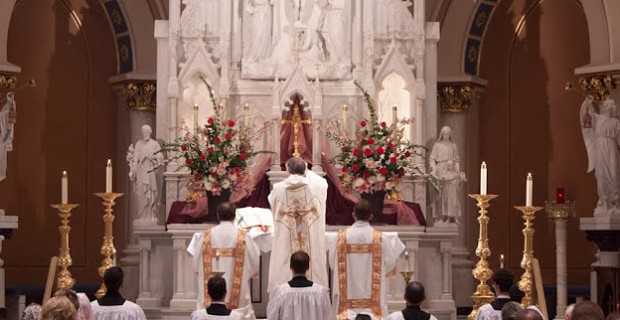


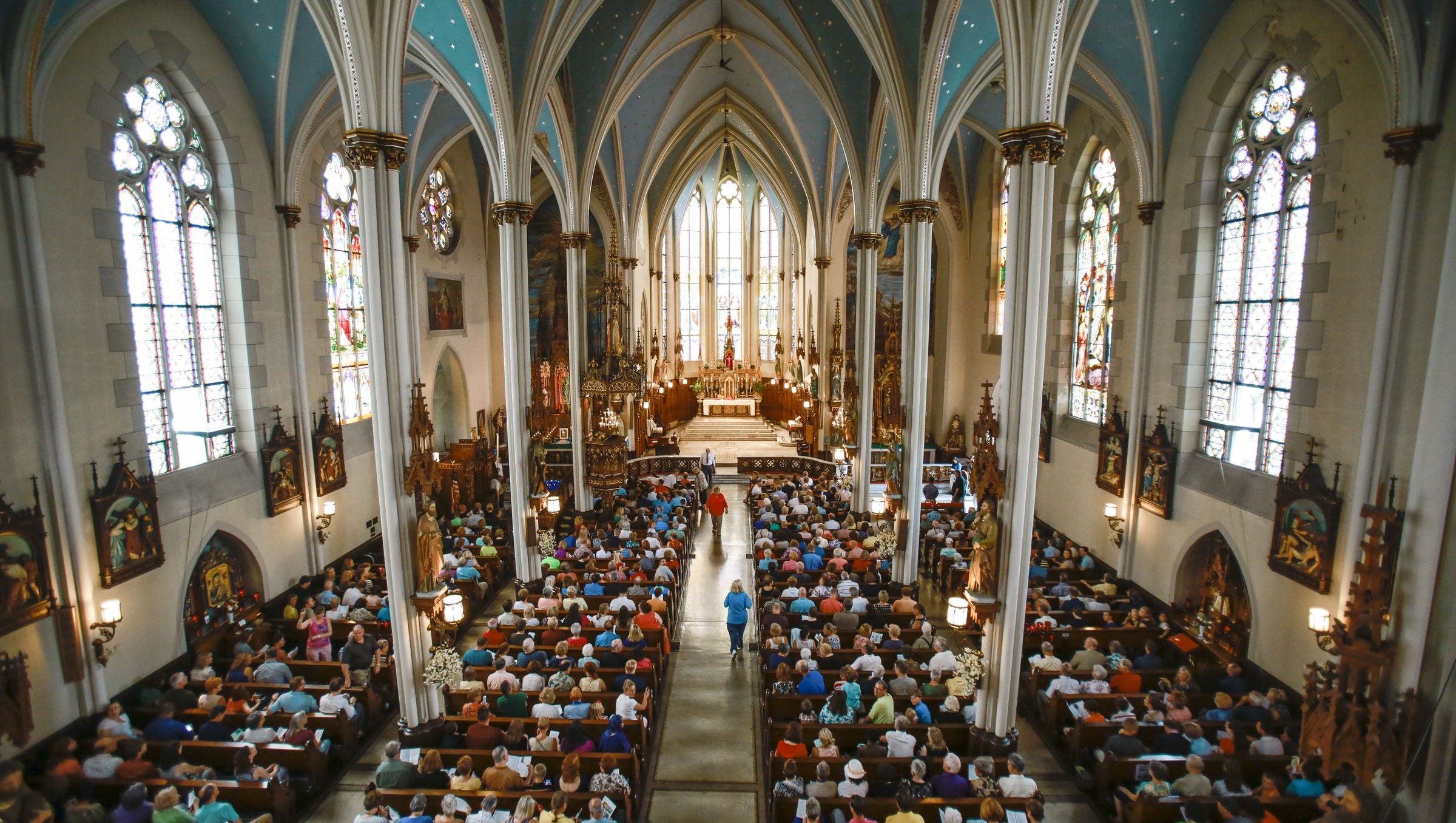
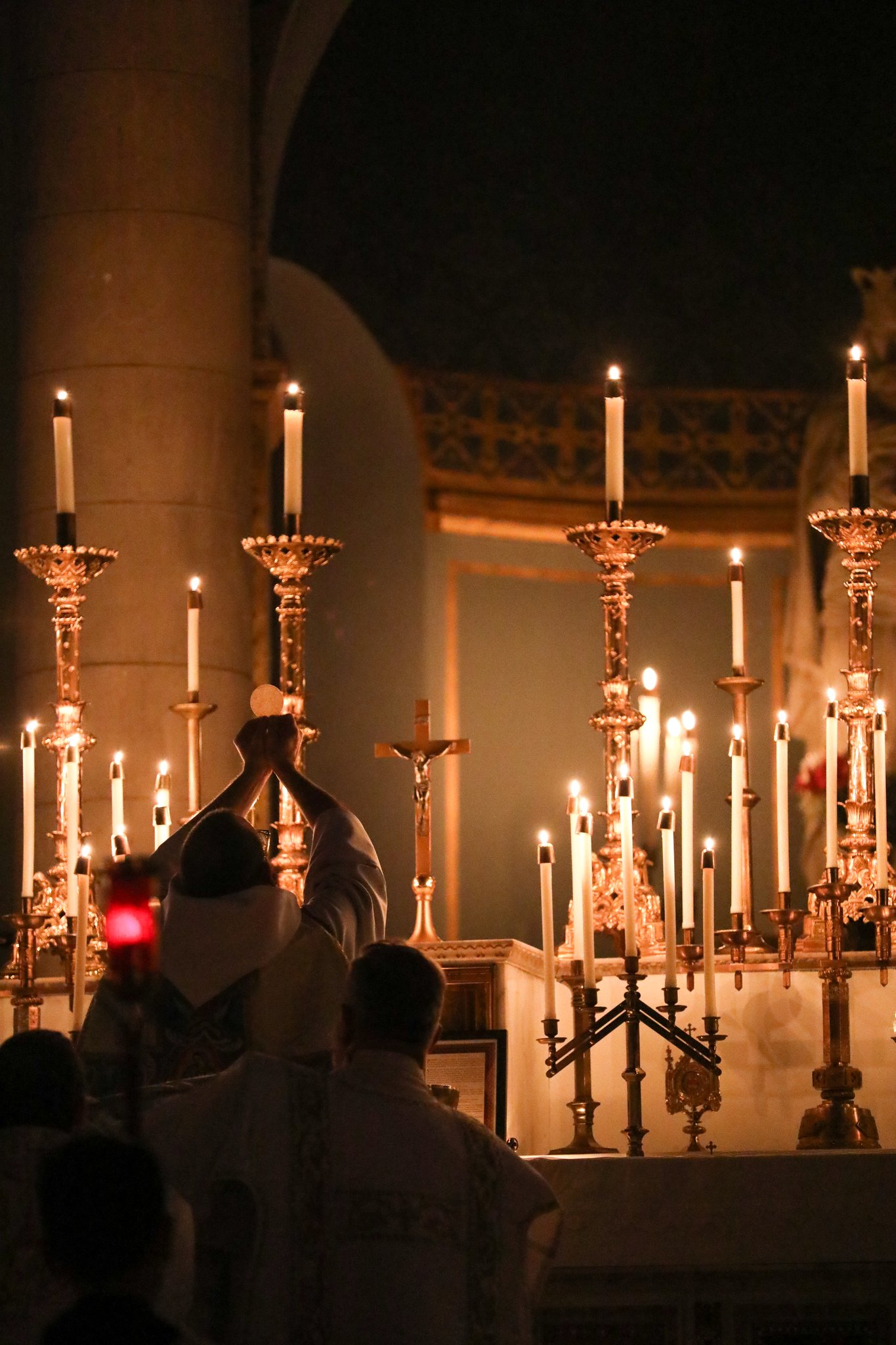
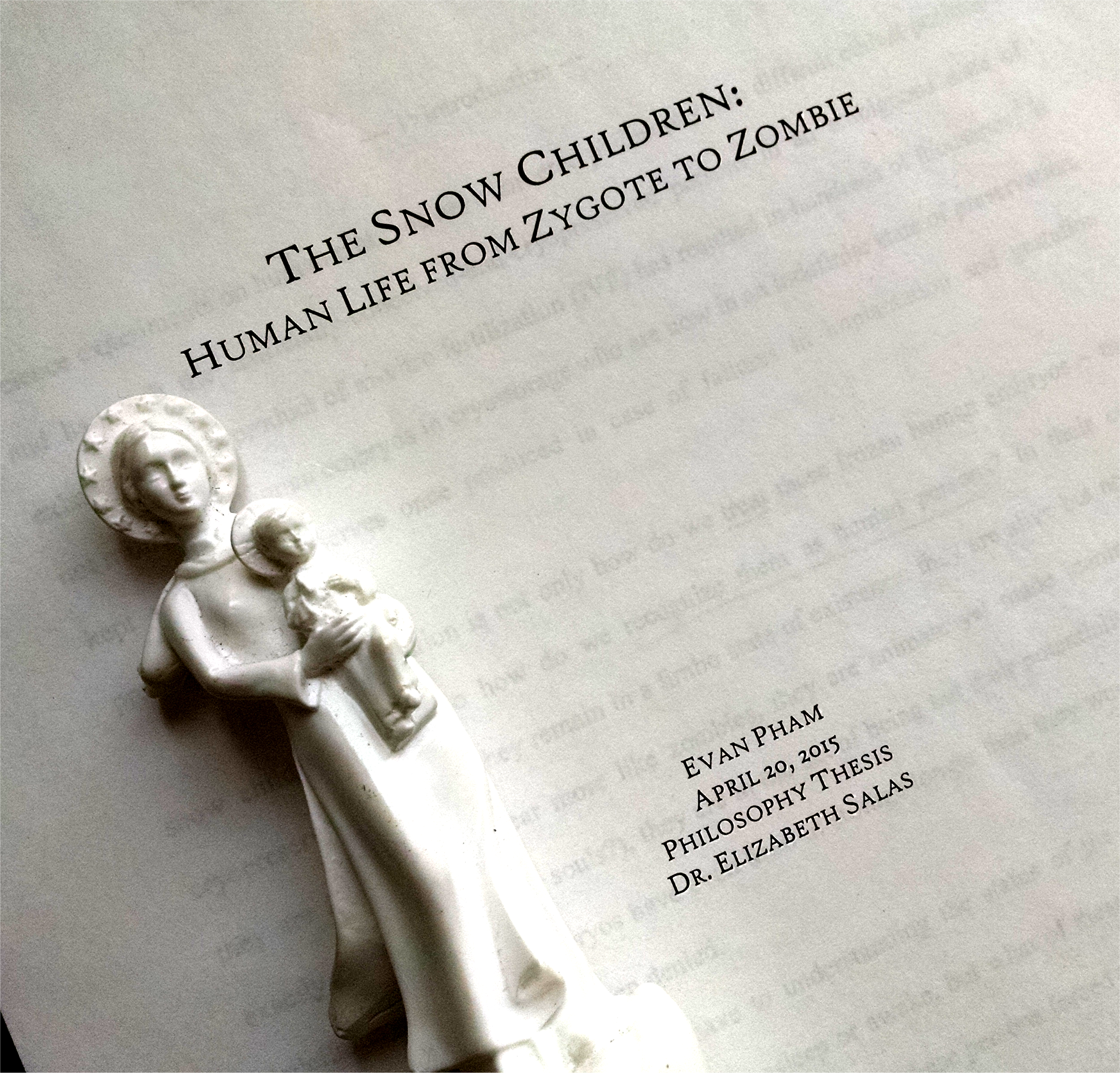 Since completing my MA Theology thesis on
Since completing my MA Theology thesis on  I could have graduated with my MA Theology last year. I could have been done with everything way sooner. But because I overlooked a few things (like taking enough credits), my thesis defense was yesterday, and my commencement was today: April 28th, 2018–also the feast day of St. Louis de Montfort.
I could have graduated with my MA Theology last year. I could have been done with everything way sooner. But because I overlooked a few things (like taking enough credits), my thesis defense was yesterday, and my commencement was today: April 28th, 2018–also the feast day of St. Louis de Montfort.
 St. Jerome: if you don’t know anything about him, here’s all you need to be properly introduced:
St. Jerome: if you don’t know anything about him, here’s all you need to be properly introduced:



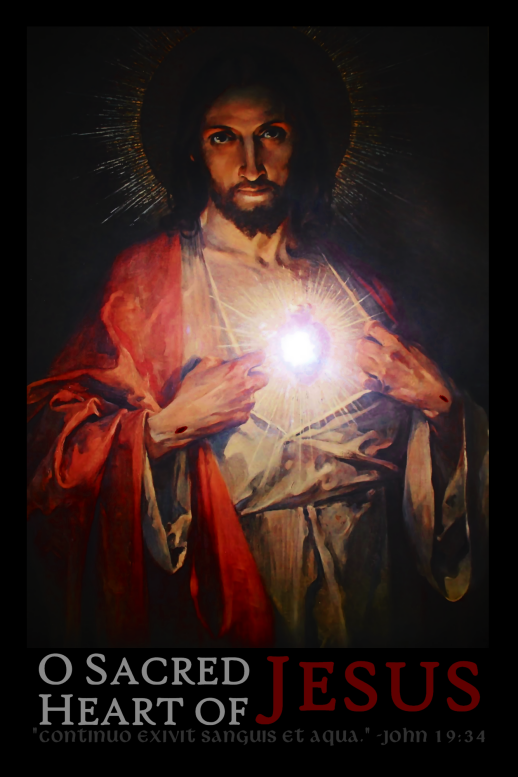



![[kinda like this, except 22 times more phở!]](https://holysmack.com/wp-content/uploads/2015/04/pho.jpg?w=300)
 Full disclosure: I snuck out of seminary early today and went to see Cinderella alone. Being that I didn’t know what to expect, I was unsure of dragging any of my brothers along. And solo I went.
Full disclosure: I snuck out of seminary early today and went to see Cinderella alone. Being that I didn’t know what to expect, I was unsure of dragging any of my brothers along. And solo I went. —–4) As Kit is to St. Joseph, Ella is to Mary. Yes, Cinderella is very Marian. Not only do we see this in both her servant’s robes and transfigured ball gown (Marian blue!), but we see it in her humility, docility, and how she served even her enemies as a handmaid (and even accepted the name they snickered at her). We see the analogy also in how she bore her suffering, her losses and sorrow, and finally: in her ravishing beauty. Her humility is most manifest when she accepts even the lost chance of being found by Kit! I was astonished to see her content with merely keeping the mere memory of Kit in her heart, pondering and cherishing it there for the rest of her life!
—–4) As Kit is to St. Joseph, Ella is to Mary. Yes, Cinderella is very Marian. Not only do we see this in both her servant’s robes and transfigured ball gown (Marian blue!), but we see it in her humility, docility, and how she served even her enemies as a handmaid (and even accepted the name they snickered at her). We see the analogy also in how she bore her suffering, her losses and sorrow, and finally: in her ravishing beauty. Her humility is most manifest when she accepts even the lost chance of being found by Kit! I was astonished to see her content with merely keeping the mere memory of Kit in her heart, pondering and cherishing it there for the rest of her life! —–7) Also wanted to point out the indissolublity of marriage: we see the Prince deliberate intensely about it, and everyone takes it as a given that divorce is impossible. Because if divorce was possible, then marriage wouldn’t be such a big deal — just marry a substitute princess for now, and then divorce her when you find the mysterious princess! Make the King happy, the kingdom happy, and avoid all this drama. But nope. That’s not even a possibility. And our culture needs to see more examples of the
—–7) Also wanted to point out the indissolublity of marriage: we see the Prince deliberate intensely about it, and everyone takes it as a given that divorce is impossible. Because if divorce was possible, then marriage wouldn’t be such a big deal — just marry a substitute princess for now, and then divorce her when you find the mysterious princess! Make the King happy, the kingdom happy, and avoid all this drama. But nope. That’s not even a possibility. And our culture needs to see more examples of the 